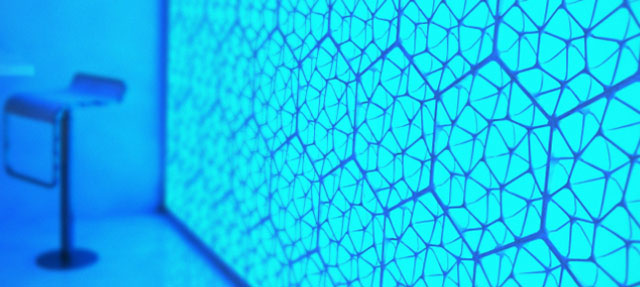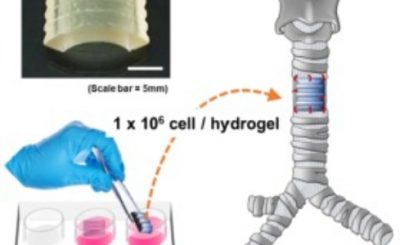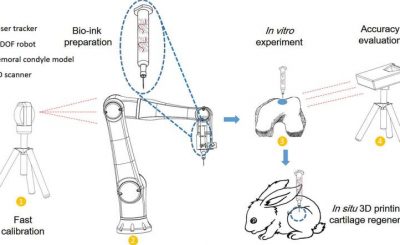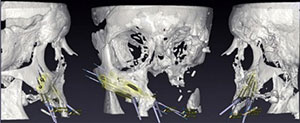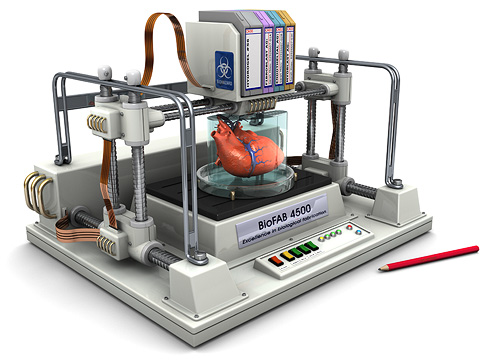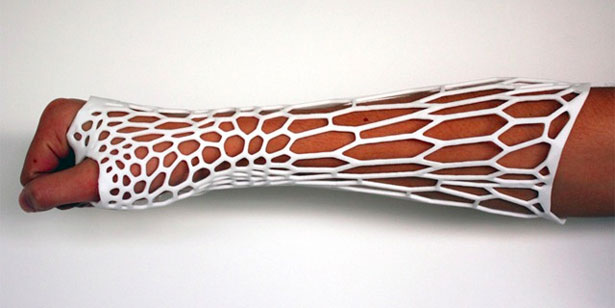Over it’s brief, yet prominent history thus far, 3D printing technology has helped medical professionals access reliable and affordable prosthetic devices, organ models, and other innovative uses that have improved the overall well-being of both the doctor and the patient. Adding onto the laundry list of medical applications that 3D printing technology can provide for medical engineering, the 
Novabeans, which was founded in 2014 by Indian IT professionals, plays a big part in providing the country of India with educational courses and 3D printing services, making them one of the most prominent 3D printing solution provider in their sizable, tech-driven country. After hearing the unfortunate story of one Indian boy, Novabeans decided to utilize their 3D printing capabilities to help him with his medical condition.

The project was undertaken by doctors in India in order to provide a replacement ear for a child from an impoverished family who had lost his left ear during an unfortunate accident. With the assistance of local ENT specialists, Novabeans set off to 3D print a personalized silicone ear for the unfortunate child. In order to successfully replicate and implant the 3D printed ear, Novabeans engineers first 3D scanned the child’s right ear in order to acquire the exact measurements of his original ear, which is then passed along to CAD designers in order to model the scan to fit where his left ear will be implanted.
The final prototype of the child’s ear were 3D printed at 70 microns XY and 10 microns Z using a resin material, which eventually was replicated in a medical-grade silicone with precise dosing and curing, which in turn creates a working model of the human ear. Thanks to Novabeans massive 3D printing ecosystem, which includes partnerships with companies such as Ulitmaker, 3D Systems, and B9Creations, among others. Now this young Indian boy, who once had to bear his deformity without any affordable resolve, now has a 3D printed replacement ear that looks no different from the real thing.

Resin casted prototype
This groundbreaking use of 3D printing has some pretty big implications for printing artificial body part replacements, which could potentially help the abundant amount of impoverished people who have facial deformities that they can not afford to repair with traditional procedures. What the 3D printing-based medical procedure on this young boy from India is proving to the world is that, whether or not your ear is real or a 3D printed artificial replica, we should all be able to live life and hear it’s wondrous sounds regardless of our physical conditions of the past.
